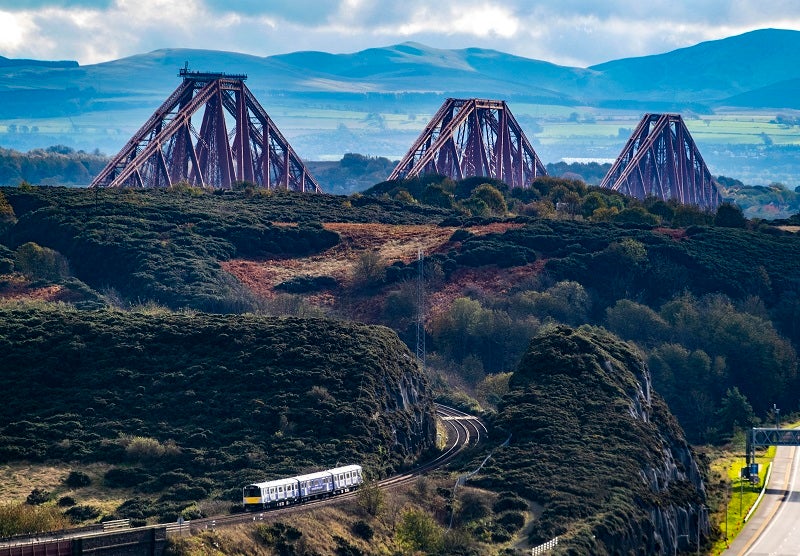
Network Rail, in collaboration with Vivarail, has operated the first emission-free wholly electric train across the Forth Bridge as part of the United Nations Climate Change Conference (COP26) in Glasgow.
Network Rail is demonstrating new green technologies at the conference, including showcasing new ‘innovative’ trains at the ‘Green Trains @COP26’ event.
The new trains will exhibit several green methods to power trains, such as batteries, hydrogen and electricity.
As stated in Network Rail’s interim Traction Decarbonisation Network Strategy, these technologies have been acknowledged as ‘important elements of plans to make rail even greener’.
Meanwhile, Vivarail has developed and manufactured pure battery and battery hybrid trains, along with charging technology.
Vivarail’s train has the capacity to travel at a maximum speed of 100km while taking ten minutes to recharge.
The batteries’ flexibility will allow the trains to operate on sections of the network that have not been electrified as the package can be utilised to repurpose good quality diesel units or added to other electric train models.
In a separate development, Network Rail concluded a ‘major’ track overhaul on the Calder Valley line, covering track inside the 180-year-old Summit Tunnel.
The company replaced 3km of track running between Walsden and Littleborough stations, with an aim to ease travel between Manchester and Leeds.
Network Rail executed the project under a $2.72m (£2m) Great North Rail Project Investment.
Last month, Vivarail launched a battery-powered train in the US by retrofitting railcars with Lithion Battery’s Valence battery modules.
This project was part of a rail pilot supported by the Railroad Development Corporation (RDC) named Pop-Up Metro.


